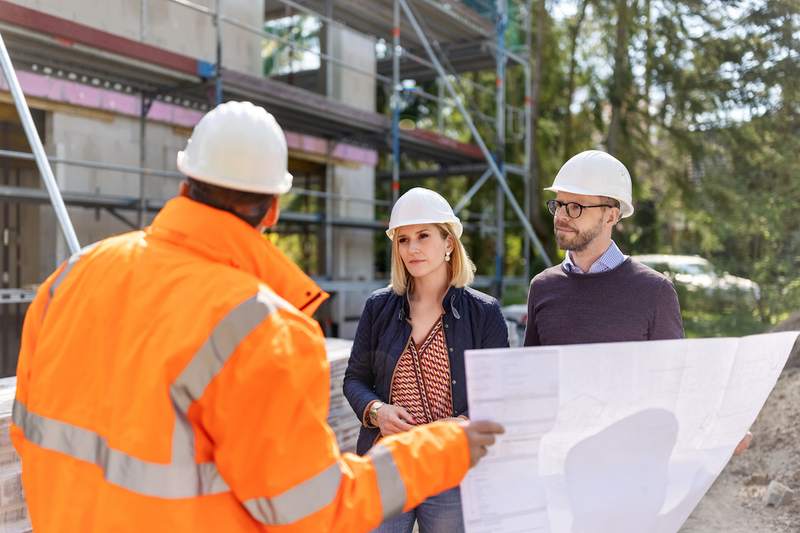
If you’re ready to buy a house but have little or no credit, it can be tricky to get approved for a mortgage. That’s because lenders like to assess how much risk you pose as a borrower, and without a credit score, it can be difficult for them to be confident that you’ll repay your loan.
That said, it’s still possible for borrowers with no credit to get a mortgage and buy a home. Just keep in mind that buying a house with no credit likely will be more expensive than buying a home with good credit.
If you don’t want to wait until you can build credit, here are some steps you can take to buy a home now.
Document Your Income and Assets
If you have no credit score to show how well you manage your finances, you can do so in other ways. Documenting that you have a steady income and enough assets to afford a mortgage could help you get approved.
It will help to document things like:
- You pay your rent on time.
- You pay your other bills (credit cards, utilities, etc.) on time.
- You have checking and savings accounts.
- Steady employment and income.
- Any other assets.
Increase Your Down Payment
If you have a thin credit file, making a larger down payment can be a good way to show a lender that you’re able to afford a mortgage. It also reduces the amount you need to borrow, and means you’ll have more equity in your home from the start.
Get a Loan With No Credit Requirements
While conventional loans typically require a credit score of at least 620, other types of mortgages have no credit requirements.
Loans backed by the Department of Veterans Affairs are offered to active military service members, veterans, and their spouses, and have no minimum credit requirements.
The Department of Agriculture backs loans with no credit score requirements for low- and moderate-income borrowers to buy homes in qualified rural areas.
Get Manual Underwriting
During underwriting, the lender verifies your finances to determine if you can afford a mortgage and assess how likely it is that you’ll default on the loan. Many lenders automate this process to save time and approve loans more quickly. But borrowers with no credit may find they are better suited to manual underwriting.
With manual underwriting, a loan officer personally will go through and evaluate your finances, which can allow you to include information that wouldn’t be included or properly weighted with automated underwriting.
Try a Smaller Lender
Working with large lenders can be convenient and expedite the mortgage application process. However, borrowers with no credit may be better off working with smaller lenders, such as a credit union or their local bank. These lenders are more likely to be nonprofit organizations, which means they may be more willing to take on borrowers who pose a higher risk of default.
Working with a smaller lender to comb through the details of your financial situation in person also can help you get approved for a loan.
Get a Co-Signer or Co-Borrower
A co-signer is someone who can qualify for a loan and agrees to be responsible for paying back the loan if you default. For example, a parent or relative with good credit could co-sign your mortgage application to help get you approved, even if you have every intention of making the payments yourself. However, if you fall behind on your payments, that person’s credit will be damaged.
A co-borrower is similar, but also takes an ownership share in the home. This would be the case with unmarried couples or friends who buy a home together to live in.
Ask For Seller Financing
Seller financing means the seller is the lender, and you make your monthly mortgage payments to them instead of a third-party lender. Because there’s no bank involved, the lender can sell you the home with no credit requirements. However, the seller might charge more interest and require a larger down payment. Plus, if a home appraisal isn’t ordered, you could risk overpaying for the home.
Seller financing is uncommon, as it offers little legal protection or recourse to the buyer.











